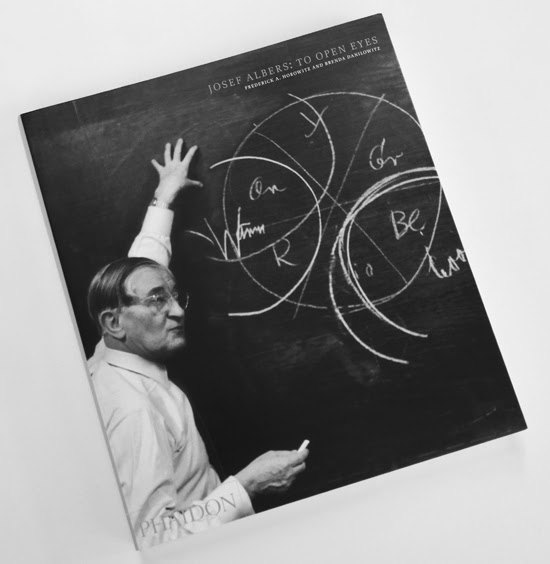Lawrence Gilbert Gagosian
Art Collector: Is that for sale?
Larry Gagosian: Everything is for sale.
Disinhibition is the secret to megadealer Gagosian's success, according to the recent in-depth profile of him in The New Yorker written by Patrick Radden Keefe.
This anything-is-possible mindset is what makes "Gogo" Gagosian a giant in the contemporary art market, more like the people he works for than the other gallerists.
Keefe estimates that Gagosian is now the largest art dealer in history the world.
He owns nineteen exhibition spaces in New York, Los Angeles, London, Paris, Le Bourget, Geneva, Basel, Gstaad, Rome, Athens, Hong Kong.
His revenues clear $1B per year.
He holds the current world record for the most-expensive public purchase of a piece of art ($195 million for one of Andy Warhol's Shot Marilyn paintings).
And yet.
And yet, Keefe’s other investigative reporting covers the Sacklers, "El Chapo" Guzman, Vladimir Putin, Chinese smuggling gangs, and illegal surveillance by the NSA.
So the piece frames Gagosian in a certain light, leveling and raising a wide range of difficult points about the man.
Convicted felon.
Tax cheat.
Pervert.
Friend of oligarchs.
Double dealer.
Each revelation builds upon the previous, pacing-up the story and probably mortifying its subject.
And yet.
And yet the piece also celebrates Gagosian.
Reshaper of the old art market.
Maker of the new art market.
Tireless advocate for his clients.
Connector to every important name in the contemporary art world, alive or dead.
Artists like Andy Warhol, Jean-Michel Basquiat, Jenny Savile, Andreas Gursky, Takahashi Murakami.
Dealers like Leo Castelli, David Zwirner, the Hausers, Ursula Wirth.
Collectors like Charles Saatchi, Si Newhouse, Eli Broad.
Beyond the kisses and punches, Keefe's investigation pulls back the curtain to reveal some of the art market’s shadowy secrets.
For example, a true dealer knows that the best way to raise the price on anything is to say they would never sell it.
Or, the art world is a mercenary place but grudges are trumped by expedience. One minute two parties are in a bidding war. The next they are clinking champagne glasses. "It's cash and carry."
And lastly, no amount of formal study in art history, no high degree of of tastefulness, no number of political connections matter as much to the market as closing deals. Gagosian knows this and he corrects people who refer to him as a "gallerist". He is a dealer.
In the end, Gagosian comes out humanized. But the article runs a brutal course, perhaps reflecting the path of its subject’s life.
He started selling mass-produced print posters on the sidewalk in Los Angeles. He scrapped hard to make something good enough to put his name on. And now he is out in front, trying to do the right thing, while some of the necessities he was compelled to make earlier in his career prove difficult to shake off and forget.
Although much of the work being bought and sold through the Gagosian gallery does not appeal to me personally, one must give him big ups for rising to the challenge that nothing is out of reach, and everything is possible.
Read or listen to more here:
https://www.newyorker.com/magazine/2023/07/31/larry-gagosian-profile
https://gagosian.com/about/about-gallery/
https://en.wikipedia.org/wiki/Larry_Gagosian
Photo: Larry Gagosian with collector Charles Saatchi and dealer Leo Castelli.







